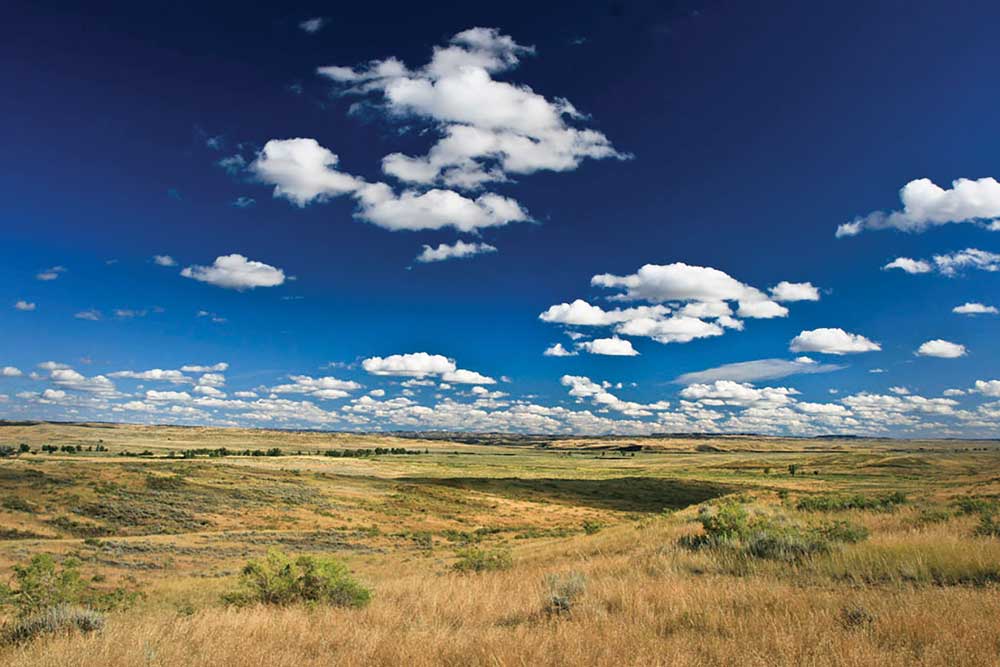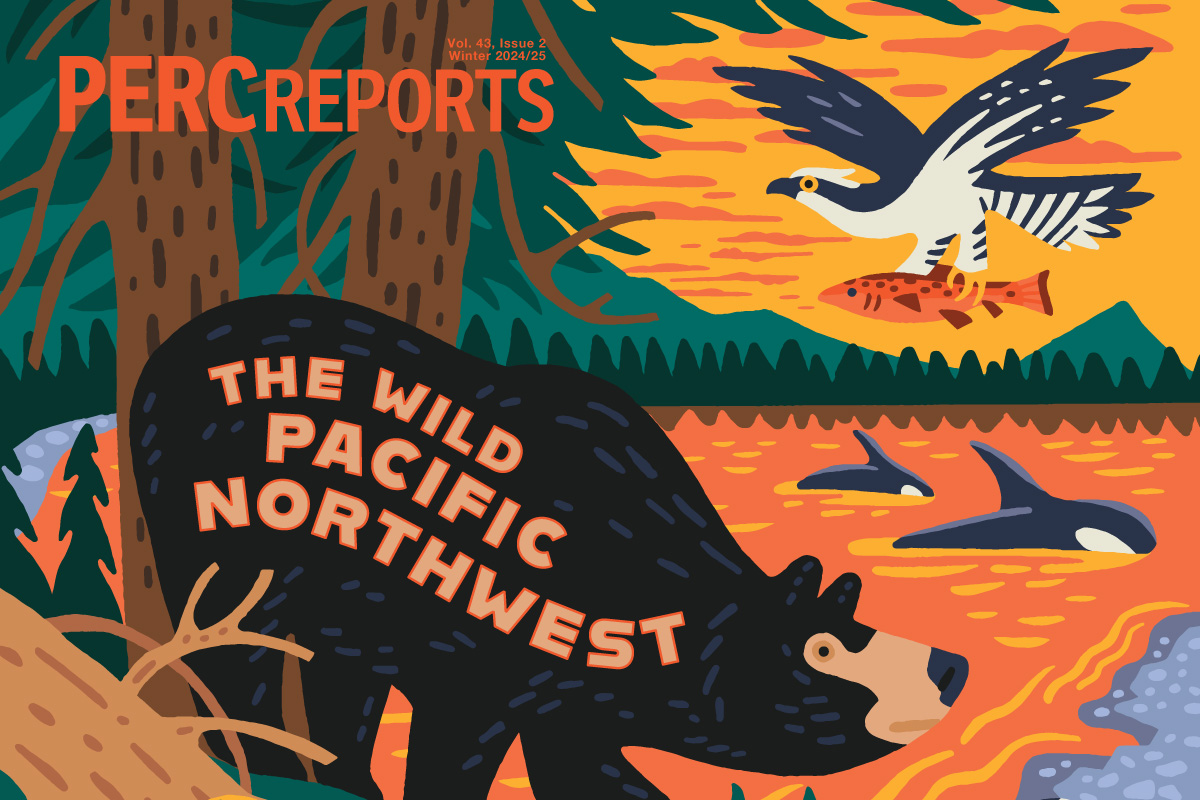On the plains of eastern Montana, the nonprofit American Prairie Reserve is creating the largest wildlife reserve in the lower 48 states. So far, the conservation group has assembled more than 300,000 acres of grasslands for protection. But the project, which began in 2001, is just getting started.
APR’s goal is to create a 3.5 million acre reserve, all of it open to the public while providing habitat for bison, badgers, bobcats, and more than 300 other wildlife species. Once complete, APR will be bigger than Yellowstone, Yosemite, and Grand Teton national parks combined.
Rather than lobbying for federal or state protection, APR uses private funds to purchase land and public grazing leases, while also placing conservation easements on their deeded land. APR has ambitious fundraising goals, but they’re developing a variety of revenue streams as well.
APR provides low-cost camping opportunities as well as high-end yurt accommodations for those who want to visit “America’s Serengeti.” A partnership with Utah’s High West Distillery brings in revenue from the sale of the specially formulated American Prairie whiskeys, and Wild Sky Beef raises money for both APR and neighboring ranchers.
Wholly owned and operated by APR, Wild Sky Beef is a brand of grass-fed and finished beef distributed across the United States. Its premium prices help cover the costs of replacing barbed wire with wildlife-friendly fencing and implementing other biodiversity-focused ranching practices. The Wild Sky Beef business model is designed to “soften the boundaries” of the Reserve, increasing tolerance for wildlife on the agricultural lands around the core protected areas.
If all goes according to plan, visitors to the reserve in 2025 will see what Lewis and Clark observed in 1805: immense herds of bison, elk, deer, and antelope “feeding in one common and boundless pasture,” providing just one example of what dedicated conservationists can do when they assume responsibility for the land and wildlife they love.
For more information, including maps, biodiversity survey data, and species data, visit AmericanPrairie.org.




